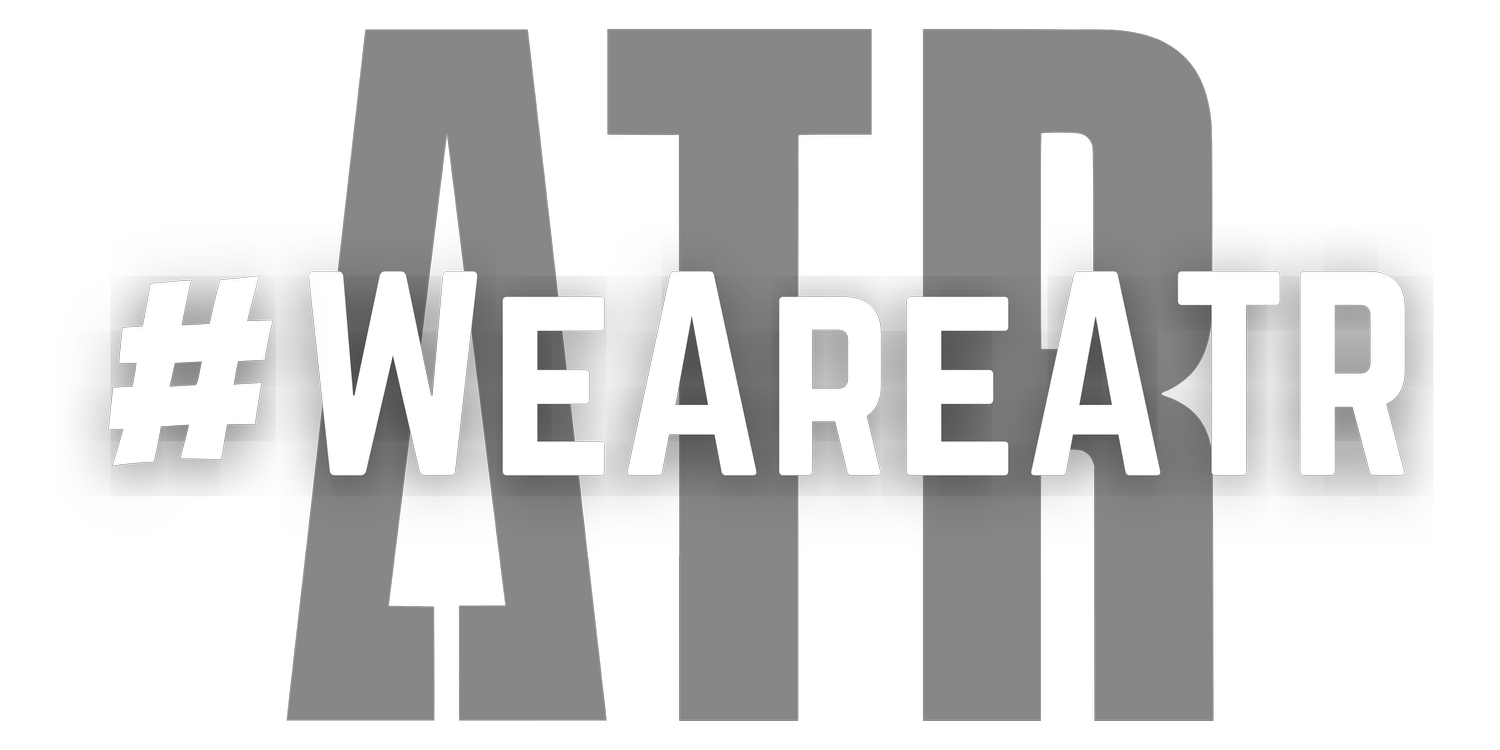Mastering Rep Ranges: How to Optimize Your Workout Intensity
Introduction: Understanding Rep Ranges and Workout Intensity
When it comes to training, it’s not just about hitting a specific number of repetitions; it’s about hitting them with the right intensity. This balancing act is crucial as it allows for enough stress to trigger muscle adaptation, without overwhelming the body to the point where recovery becomes too slow, affecting your ability to train consistently. The key to effective training lies in managing rep ranges thoughtfully to match the intended adaptation and ensuring the weight on the bar is just right.
Why Rep Ranges Matter
Rep ranges are more than just numbers; they dictate the type of adaptation your body will undergo. Whether you're training for strength, endurance, or muscle growth, each goal has a specific rep range associated with it. However, without understanding the context of these ranges and how to adjust them based on your performance, they won’t be as effective.
The Role of Reps In Reserve (RIR)
Whenever I program a rep range for an exercise, I always include an RIR. That way the athlete knows just how much effort they’re supposed to put into each set. This helps us to avoid two negative consequences of poor exercise loading.
Avoiding Burnout: Constantly working to failure can be detrimental, leading to excessive fatigue that may hinder regular training. This happens when the athlete doesn’t leave enough reps in reserve.
Ensuring Effective Stress: Training far from failure may not create enough stress on your muscles to warrant an adaptation. This happens when the athlete doesn’t get cose enough to failure.
The goal is to achieve the prescribed RIR, regardless of whether or not that means you fall within or outside of your rep range.
Adjusting Weights Based on RIR
Your RIR is your top priority, but that could force you to hit a rep count that falls outside of your prescribed rep range. If that happens, you need to adjust the weight.
If you reach your RIR above the rep range: It’s a sign to increase the weight for your next set.
If you reach your RIR below the rep range: This indicates a need to reduce the weight.
Ideally, your training should show a gradual progression, with sets that occassionally surpass your rep range and prompt weight adjustments. This strategy also accommodates fluctuations in daily performance, helping to modify the weights on days when fatigue affects your usual capacity.
Managing Expectations and Weight Adjustments
It’s crucial not to preemptively adjust weights based on anticipated performance. Weight changes should be reactive, based on actual performance rather than expectation.
In other words, you should actually perform a set where the rep count falls outside the rep range before you change the weight. It’s common for an athlete to hit a set within the prescribed rep range, and believing that they won’t be able to achieve that rep range again, preemptively adjust the weight. Don’t do it.
Hit the set, and let your actual performance force the weight change.
This approach prevents unnecessary strain and maximizes the effectiveness of your training sessions.
Handling Challenges with Lighter Weights
Exercises that require lighter weights, like dumbbell lateral raises or incline dumbbell curls, present unique challenges:
Weight Availability: Sometimes, the jump between available weights in gyms can make it difficult to stay within your ideal rep range.
Strategy: Start with the heavier option and aim for the prescribed RIR, alternating weights as necessary.
Over time, the goal is for the average weight you lift to increase as you grow stronger.
Conclusion: Tailoring Your Training for Success
Understanding and applying rep ranges effectively is a game-changer in any training regimen. By focusing on achieving your RIR, adjusting weights based on actual performance, and adapting to the unique challenges of lighter exercises, you can ensure your training is as effective as possible. Remember, the key to progression is not just in the numbers you hit, but in how you hit them. Train smart, and watch your performance soar.



